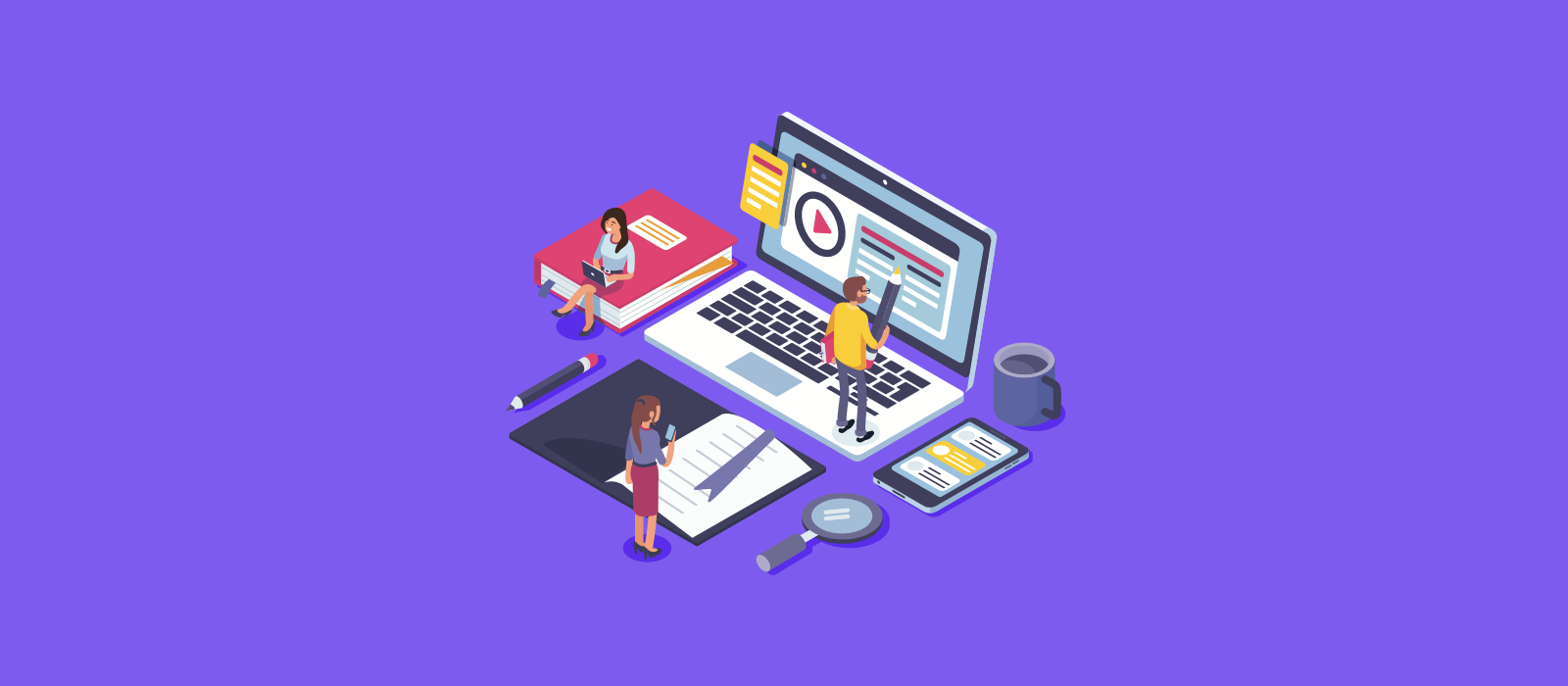There is one stage in the design process that get’s a bad rep. It often gets de-prioritised or skipped due to time, budget or resource constraints. Excuses are made, and usability testing falls to the bottom of the list. However, skipping this stage can result in money and time being wasted. This article will explore the importance of user testing is and the huge benefits that can be reaped from it.
What is Usability Testing?
Usability testing, or user testing, is the stage in the design process which enables you to evaluate your product or service with real users and enables you to create human-centric products.
Through this process, you can really explore and analyse your target audience’s behaviour when interacting with your product. You’ll test prototypes of specific flows or features with a number of users, set tasks for them, then record and analyse the results - which can then direct the iterations that need to be made to improve your product.
When Julie Zhou, Product Design VP at Facebook is asked ‘When you design a solution, what pops into your head?’ she answers:
“That we considered and explored. That we peered ahead into the stress test of the real world, when some harried young woman minding her own business encounters our work. She’s not thinking of us, she’s thinking of what she has to do that night — an e-mail to write to her professor, a midterm to cram for, laundry to do in preparation for that party on Saturday. And we were prepared for her. We left no detail unexamined.”
It’s a great chance to get to know your users. Learn who they are, what they want and why they need this product. How do they need it to function? How will it fit in to their day to day lives? Our Design Thinking Workshop Kit can help you kick off these steps.
Isn’t A/B testing enough?
Let's say you're launching a new pricing page for your website. You've done the design research in how to put it together, you make a couple of versions and A/B test. Version A out performs B by 40%. You go live.
Now, it's all good and well A/B testing your work - but if A outperforms B, that doesn't show HOW effective A is - just that it's better than B.
The best way to find out how effective the solution is that you've designed is through testing with real users, who can demonstrate real flows, challenges and thought patterns when using your product.
Carrying out user tests gains you this invaluable feedback which saves you the guess work of why your solution didn't work, and starting from scratch again.
“You could be spending time and money developing features that are broken, rather than doing early-stage testing to identify flaws and revise your design before such revisions are overly costly.” - Michael McWatters, UX Architect, TED.com
The importance of user testing your products
User Testing means you can target the real problem right away, so your team don’t spend time ‘fixing’ the wrong thing - so your time and money is invested in the right problem.
Usertesting.com says, “10 years of research shows that companies who put human-centered design methods at the core of their growth strategy see a 228% higher ROI than the S&P 500.”
More advantages include:
- Improved conversion rates: By observing users and uncovering where and why they don’t convert - unlike A/B testing you can see why your users do what they do.
- Save money: for example, fixing an issue after development is up to 100 times more expensive than it would have been before with an estimate of 50% of engineering time spent reworking.
- Improved NPS score: with facing the problems your users are having head on, you’ll work on the right problems and as a result improve the experience and therefore make it a happier experience
- Reduced Support Requests: Happier customers means less support needs - they’ll have less of the same questions being asked again and again and again
- Remove bias: Testing work on your colleagues or friends isn’t as effective as testing with users as your colleague’s feedback may be influenced by other factors - the only way we can grow is from hearing all the feedback, positive and negative.
It’s something you should carry out as early in the project cycle as you can, and as often throughout. The great thing is that usability testing is evolving with technology and doesn’t have to be expensive or as time consuming as it’s perceived to be.
Being in the room with a user can manipulate and negatively impact the way they carry out the test, so the arrival of unmoderated user testing is an exciting concept. It allows users to carry out the test in a familiar and natural environment, leaving them to interact with the interface themselves.
As a design platform, it's our mission to enable you to build products your users will love in the most simple and intuitive way. See how we’re tackling User Testing with Ballpark.



